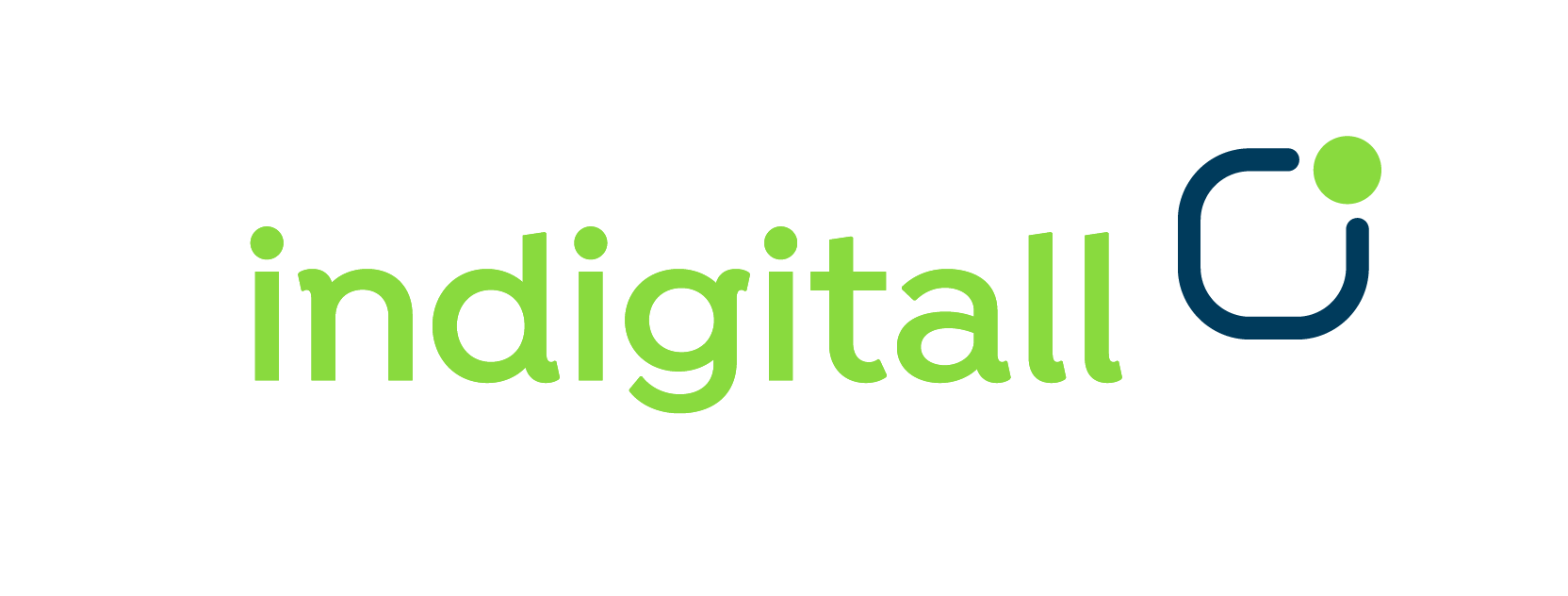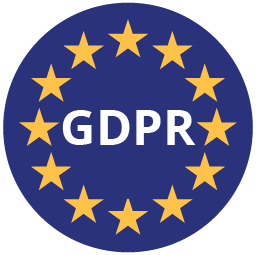
Buyer Persona vs. Ideal Customer: All the Key Insights
Overview
- Whatsapp Business Mastery in 2025
- Chatbot 101: Blending Automation with Human Connection
- Improving user experience increases conversions
- With indigitall, brands can create a variety of hiper-personalized experiences for their customers
- indigitall Secures 42 Awards in G2 Crowd’s Spring 2025 Reports, Dominating Key Categories
We work in an industry that often deals with similar concepts, like multichannel and omnichannel, and learning to differentiate them is crucial for developing an effective strategy. Two other essential concepts to define clearly are what we bring you today: Buyer Persona and Ideal Customer.
Although they are often used interchangeably, they actually have different purposes, provide unique benefits, and can make the difference between a successful campaign and one that fails to connect with the right audience.
At indigitall, as specialists in marketing automation and personalized experiences, we understand that correctly defining these profiles is the first step toward an effective strategy. Join us as we explore their differences, commonalities, and how they can transform your results.
What is a Buyer Persona?
A Buyer Persona is a semi-fictional representation of your ideal customer based on real data about behavior, motivations, challenges, and goals. It goes beyond demographic characteristics (as a target audience might) and focuses on deeply understanding who your buyer is, what concerns them, and how they make decisions.
This profile can include aspects such as:
Age and professional role
Digital habits
Personal or professional goals
Challenges they face
Preferred communication channels
For example, if your company sells CRM software, a Buyer Persona could be: "Susana, a marketing manager at a tech SME looking to automate email campaigns to increase conversion rates without relying on the IT team."
The key is that you can have multiple Buyer Personas if your business targets different segments or decision-making areas. It is not a single figure but a set of profiles that influence the buying process.
Benefits of Defining a Buyer Persona
Creating detailed Buyer Personas provides clarity for marketing, sales, and product development teams. Some key benefits include:
Personalized communication: You can tailor messages, tone, and content format based on each buyer type.
More effective segmentation: Knowing your audience allows you to use advanced analytics to create automated campaigns that meet real needs.
Improved conversion rates: The more relevant your messages are, the higher the chances of customer action.
Optimized resources: Reduce time and budget spent on generic tactics that don’t yield results.
In summary, a Buyer Persona helps humanize your audience and connect with them in an empathetic, data-driven way.
Can I Have More Than One Buyer Persona?
Yes, and not only is it possible, but it is also highly recommended. Companies operating in diverse markets or offering products and services with multiple applications usually have more than one type of customer with distinct needs, interests, and behaviors.
Each Buyer Persona has different motivations, challenges, and expectations. By identifying and developing multiple Buyer Personas, you can tailor messages, select the most effective channels for each profile, and personalize content according to their priorities. This increases communication relevance, improves response rates, and creates a more meaningful and aligned customer experience.
Additionally, having multiple Buyer Personas enables marketing and sales teams to work more precisely and avoid ineffective, generalized campaigns. In this sense, having more than one Buyer Persona does not complicate the strategy—it enriches it and makes it more flexible in an increasingly heterogeneous and demanding market.
What is an Ideal Customer?
An Ideal Customer is a strategic concept that represents the type of company or individual who brings the most value to your business while benefiting the most from your products or services. Unlike the Buyer Persona, which is a semi-fictional representation including emotional and behavioral elements, the Ideal Customer is based on real, verifiable data—not assumptions.
This profile is entirely built on your existing customer base's reality. To define it, analyze your most profitable and loyal customers, identifying common traits such as:
Company size and industry
Revenue level
Number of employees
Digitalization level or technological maturity
Current use of the product or service
Average ticket size and purchase frequency
Customer lifecycle
Customer acquisition cost (CAC) and lifetime value (LTV)
For example, if your data shows that digitalized retail businesses with 10-50 employees operating across multiple channels and running high-volume monthly campaigns generate the highest returns and lowest churn rates, that profile is your Ideal Customer. This is not an invented profile but one directly extracted from analyzing your database and commercial metrics.
Benefits of Defining Your Ideal Customer
While it may seem more data-driven or generic than a Buyer Persona, the Ideal Customer plays a key role in business profitability. Some of its benefits include:
Increases commercial efficiency: Focusing on customers with the highest closing and retention potential improves your sales team’s return on investment.
Facilitates lead qualification: You can integrate this profile into your CRM to automatically identify the most valuable leads.
Aligns with marketing strategies: Ensures marketing and sales teams work with the same customer quality criteria.
Reduces customer churn: Identifying profiles that truly benefit from your service minimizes cancellations and complaints.
Buyer Persona vs. Ideal Customer: Why is it Important to Know These Concepts?
The difference between companies that grow sustainably and those with inconsistent results often lies in their ability to deeply understand their audience. It’s not just about acquiring leads but attracting the right ones and building long-term relationships.
In a landscape where personalization is crucial to standing out, knowing your Buyer Personas and Ideal Customer gives you a competitive advantage. It enables you to optimize everything from content marketing to email campaigns, automation flows, and personalized recommendations.
Differences Between Buyer Persona and Ideal Customer
To summarize the key takeaways, while both concepts complement each other, their differences are clear:
Focus: Buyer Persona emphasizes human and emotional aspects of the buyer; Ideal Customer focuses on business-related and objective aspects.
Utility: Buyer Persona is useful for content marketing, UX, and campaigns; Ideal Customer is essential for sales, prospecting, and strategic planning.
Level of detail: Buyer Persona requires more qualitative research; Ideal Customer relies on quantitative analysis and segmentation.
Quantity: You can have multiple Buyer Personas per Ideal Customer.
Understanding these differences allows each department within your organization to work more effectively without duplicating efforts.
Common Points Between Buyer Persona and Ideal Customer
Despite their differences, both share a common purpose: helping you attract, convert, and retain the right customers. Additionally:
Both are built on data, though of different nature.
They are fundamental for strategic decision-making in marketing and sales.
They require ongoing reviews and adjustments as your business evolves.
They align all departments toward a common goal: sustainable growth.
By combining both approaches, you gain a 360° view of your audience and optimize every customer journey interaction.
Define Your Buyer Persona and Ideal Customer
Clearly defining your Buyer Persona and Ideal Customer is one of the best strategic investments any business can make. At indigitall, we have seen how this differentiation enhances automated campaigns, improves segmentation, and boosts personalization across all digital channels.
Thanks to our automation and advanced analytics solutions, we help clients define these profiles accurately and turn that information into measurable results.
Want to learn how we can help you define your Ideal Customer and connect more effectively with your Buyer Personas? Contact us today and request a no-obligation demo. Together, we’ll design a strategy that strengthens every step of your conversion funnel.




